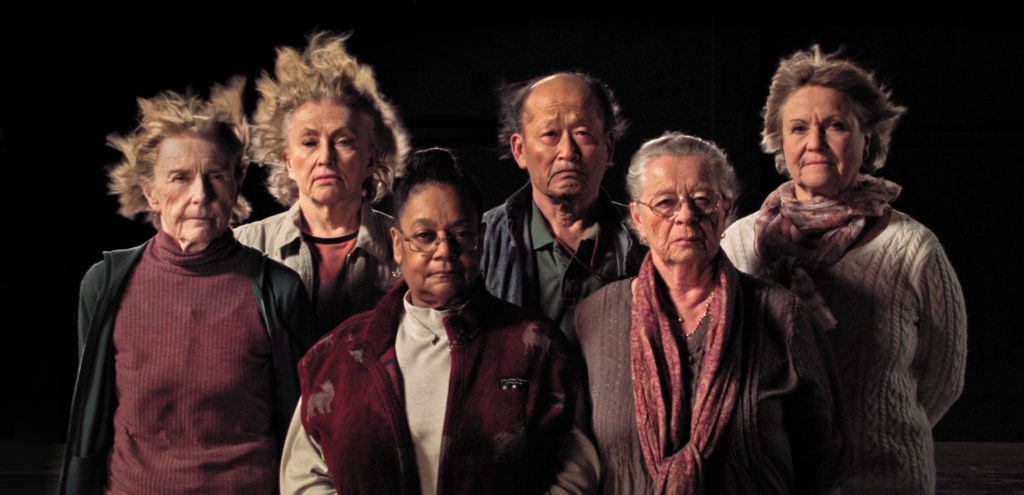
DR
Rachel and Fatima are on a boat, Babacar looks at them, Kazuki’s filming: who’s left? Religions are often first in the generals of war makers, then comes power, money, ethnicity, and a whole lot of surprisingly human and common things. Whilst reading a book about the 100 strangest experiences in the world, young multi-faceted Swedish director, Marcus Lindeen, discovered the curious experience of Mexican anthropologist, Pr Santiago Genoves, at the origin of this film.
“In the summer of 1973, five men and six women went to sea for a scientific adventure set to last 101 days. They embarked aboard a small raft, the “Acali”, on board which they crossed the Atlantic by drifting. This experiment (…) aimed to study the origins of violence within a group. Eleven crewmembers were chosen from around the world to blend religions, genres, and nationalities in order to increase potential sources of tension”. 43 years later, Lindeen reached out to several participants who lived this extraordinary experience and decided to reform the crew in a studio. With the help of Simone Grau Roney, Lars Von Trier’s production designer, Lindeed decided to build a replica of what was then cruelly dubbed “The Sex Raft”. Brilliant idea to summon up the past among the reformed crew.
Not just a simple documentary, “The Raft” transforms into a journey back in time, which takes us back, with great nostalgia, into the craziness of the 70s. A time when everything seemed possible, acceptable and where right-mindedness was regularly challenged by a deep desire for peace and freedom.
We, spectators of 2019, are suddenly so “old” in comparison with these characters straight out of Freedomland! Listening to their unpublished confidences some four decades later, we finally discover their deepest feelings triggered by this experience. And what a surprise! Making love in the middle of the ocean on a raft where a dozen attractive men and women live together 24/7? Oddly, no. Attraction is not necessarily born in the midst of scarcity and isolation. Fighting because an Israeli Jew is in the presence of a Muslim Arab? Not either. Each one has a specific task they take on seriously, and then again, the weather is nice and everyone is so happy to discover so many new things.
“The Raft” tells us that violence does not come from where we expect it. The most difficult events on this boat have nothing to do with the group’s so-called differences, but with personal feelings awakened by certain situations. Patriarchy, endangering the entire crew. Sadness, for example, awakening the souls of thousands of slaves singing from the bottom of the Atlantic ocean. Despite all this, the desire to kill still arouses, the elaboration of a plan not by one, but a few, aiming to get rid of the instigator of this magical adventure. In “The Raft”, the common denominator of violence is Professor Génovès. He, who so disappointingly, had failed to find the violence where he expected it, fell ill. As peace prevailing over war no longer interested him or humanity.
By creating such a confined atmosphere, Lindeen offers us priceless confidences about human nature on a silver platter. Could we actually be beings of light, more inclined to love than fight? To think that if Hollywood does not seize this story, the world and Jean-Luc Godard will remain convinced of the opposite.
Released in theaters (in France) on February 13.
